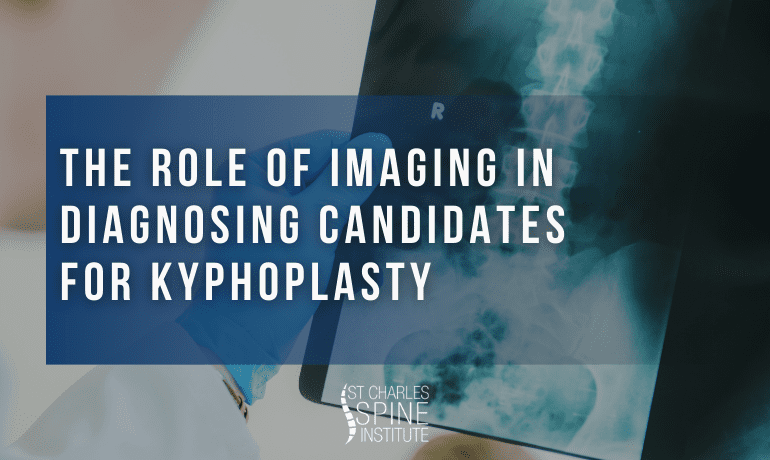The Role of Imaging in Diagnosing Candidates for Kyphoplasty

St. Charles Spine Institute in Southern California specializes in providing advanced treatments to treat a variety of spinal problems that impact mobility, cause pain, and detract from quality of life.
One innovative treatment we offer is kyphoplasty, a minimally invasive procedure that helps patients who have experienced compression fractures regain mobility and relieve pain. Determining if kyphoplasty is the right option depends on getting an accurate diagnosis, which relies heavily on imaging. If you suffer from the pain and debility that accompanies a compression fracture of a vertebra, it is helpful to understand the role of imaging when evaluating candidates for kyphoplasty.
What Is Kyphoplasty?
Kyphoplasty is commonly used for treating spinal compression fractures. A compression fracture is what it says: the fracture, or breakage, of a bone caused by excessive pressure. In the spine, the fracture usually occurs because the vertebra (or vertebrae) has been weakened due to osteoporosis, trauma, or certain cancers and cancer treatments. Once the fracture occurs, the condition often results in severe pain, reduced mobility, and spinal deformity.
Kyphoplasty has proven to be successful in dramatically improving spinal alignment and relieving pain. In a kyphoplasty procedure, a surgeon makes a small incision in the back and inserts a probe that contains a tiny balloon at the site of the fracture. The balloon is then gently inflated to restore the compressed space in the vertebra. The surgeon then fills the space with bone cement, which hardens quickly to stabilize the spine. The probe is then removed, and the incision is sewn up.
Kyphoplasty is usually an outpatient procedure. Most patients can engage in light activity within one day, and full recovery usually takes about four to six weeks.
The Use of Imaging Tests to Evaluate a Candidate’s Suitability for Kyphoplasty
Physicians rely on imaging tests to confirm the presence and severity of vertebral compression fractures to determine whether a patient is a good candidate for kyphoplasty. Let’s explore the different imaging modalities used in the diagnostic process.
1. X-rays
X-ray imaging is typically the first-line diagnostic tool for vertebral compression fractures. X-rays provide detailed images of bone structures and can reveal fractures, bone density loss, and spinal misalignment. However, while X-rays can confirm the presence of a fracture, they are not ideal for fully assessing the age of the fracture or the degree of bone damage, necessitating further, more detailed imaging.
2. Magnetic Resonance Imaging (MRI)
While X-rays are extremely useful in evaluating bone issues, MRIs provide an essential imaging technique for evaluating soft tissue, nerve, and spinal cord conditions. In the context of kyphoplasty, MRI plays a vital role in determining whether a vertebral compression fracture is recent or old. Active fractures typically show increased fluid signals on MRI, indicating ongoing inflammation that suggests a more recent occurrence. MRIs also help rule out other potential causes of back pain, such as an infection or tumor, ensuring that kyphoplasty is an appropriate treatment to resolve a patient’s back problems successfully.
3. Computed Tomography (CT) Scan
CT scans provide highly detailed cross-sectional images of the spine, making them particularly useful for evaluating the structural integrity of vertebrae. A CT scan can reveal subtle fractures that may not be visible on an X-ray and helps guide the surgeon’s treatment planning by providing precise measurements of vertebral collapse and any abnormalities in bone structure.
4. Bone Scintigraphy (Bone Scan)
A bone scan is a nuclear imaging test that detects increased metabolic activity (changes in chemical reactions) in bones. Like an MRI, this test is beneficial for distinguishing between old and new fractures. During a bone scan, a small amount of radioactive tracer is injected into the bloodstream. The tracer accumulates in areas of active bone remodeling; accordingly, when a vertebral fracture happened recently, it will appear as a “hot spot” on the bone scan, confirming that the patient may be a good candidate for kyphoplasty.
5. Dual-Energy X-ray Absorptiometry (DEXA) Scan
A DEXA scan assesses bone density and can diagnose osteoporosis, a leading cause of vertebral compression fractures. While a DEXA scan does not directly diagnose fractures, it helps determine the patient’s overall bone health and risk for future fractures. If osteoporosis is detected, additional treatments such as medication and lifestyle changes may be recommended alongside kyphoplasty to prevent further spinal damage.
Imaging Improves Patient Outcomes
Using a combination of these imaging techniques, the specialists at St. Charles Spine Institute can accurately diagnose vertebral compression fractures, determine their severity, gauge their age, and assess their impact on the patient’s overall spinal health. This comprehensive approach ensures that only suitable candidates undergo kyphoplasty, maximizing the procedure’s effectiveness while minimizing risks.
Using different non-invasive imaging technologies to diagnose spinal conditions has been transformative for our practice, enabling us to more accurately diagnose patient conditions and determine the best treatments. Undergoing surgery, even a non-invasive procedure like kyphoplasty, is always anxiety-inducing for patients, and imaging tests enable our patients to see and understand how the procedure works and what it will do for them. This information helps our clients make good treatment decisions and reassures them about the efficacy of the treatment.
If you are experiencing persistent back pain or have been diagnosed with a compression fracture, schedule a consultation with one of our specialists at St. Charles Spine Institute in Thousand Oaks, California, to explore treatment options and discover how we can restore your quality of life.
